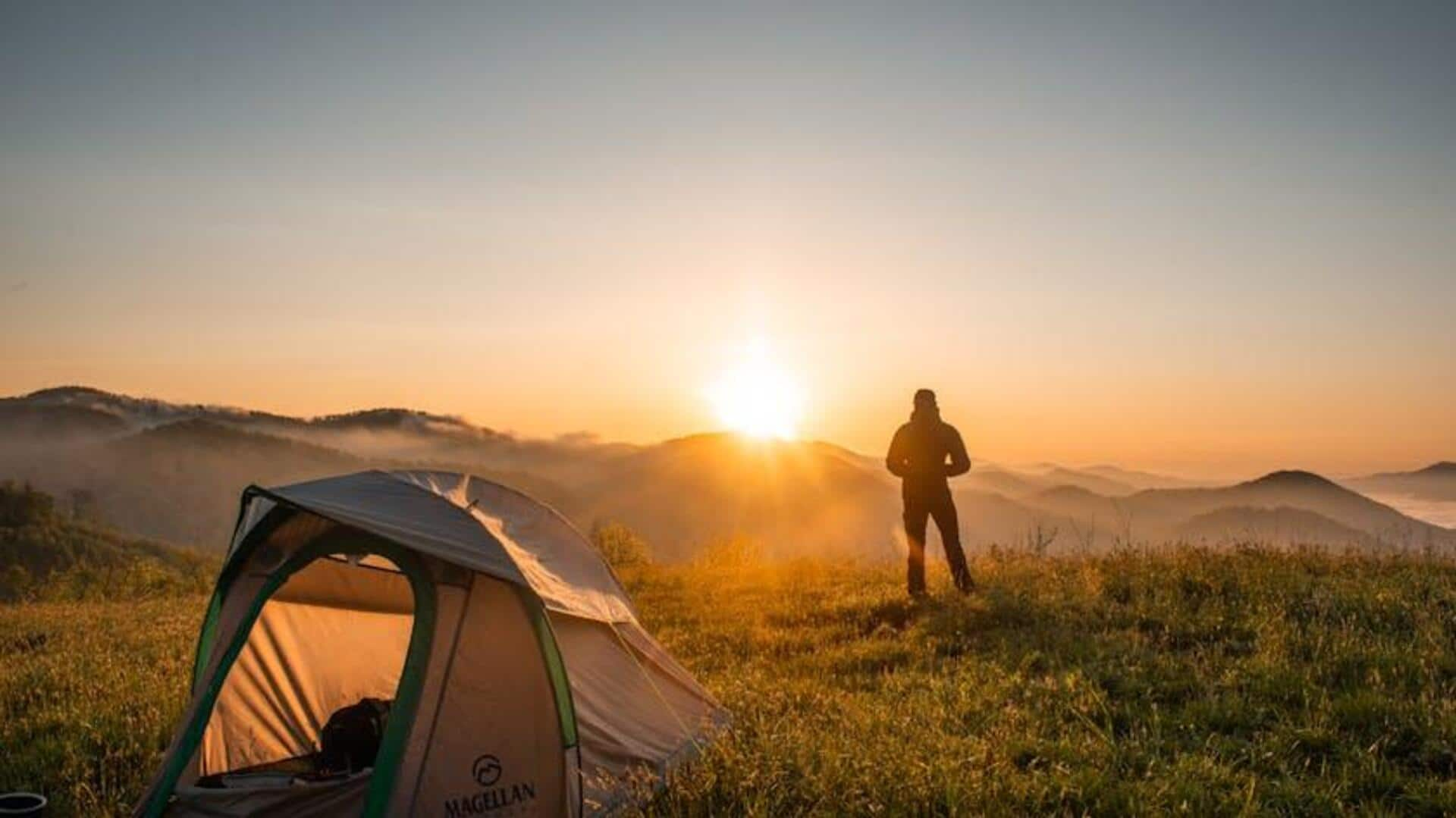
Eco-trekking 101: How to explore nature responsibly
What's the story
Exploring waterfall-fed pools is a refreshing way to escape into nature's serene beauty.
These natural wonders can be trekked to via eco-friendly methods, ensuring minimal impact on the environment.
Adopting sustainable practices will allow trekkers to enjoy these pristine locations, while preserving them for future generations to come.
Here's how you can go on such treks responsibly, and why it's important to maintain ecological balance on your adventures.
Gear selection
Choose sustainable gear
Selecting eco-friendly gear is key to minimizing environmental impact.
Opt for reusable water bottles, biodegradable toiletries, and clothes made from sustainable materials.
Ditch single-use plastics and ensure that all equipment is sturdy enough to reduce waste.
By choosing gear that aligns with environmental values, trekkers play a part in conservation efforts while enjoying their journey.
Leave No Trace
Follow Leave No Trace principles
Along with keeping the environment clean, following Leave No Trace principles is a must while trekking to waterfall-fed pools.
Pack out all trash, stay on designated trails, and respect wildlife habitats.
Avoid picking plants or disturbing natural features.
By following these guidelines, trekkers help keep the natural beauty of these areas intact for others to enjoy.
Local support
Support local conservation efforts
Not only can supporting local conservation initiatives make your trekking experience even more beautiful, but it would also add a positive touch to it.
Donate a part of your travel budget to local organizations working to preserve natural landscapes or take part in community-led clean-up activities when you are there.
Getting involved with local efforts makes you more connected to the place and encourages sustainable tourism.
Route planning
Plan your route carefully
Careful route planning ensures a safe, environmentally friendly trek.
Research trails that are well-maintained, with minimal ecological impact.
Check weather conditions in advance and avoid visiting during peak tourist seasons, when ecosystems may be more vulnerable to increased foot traffic.
Thoughtful planning helps protect both trekkers and the environment from unnecessary risks.